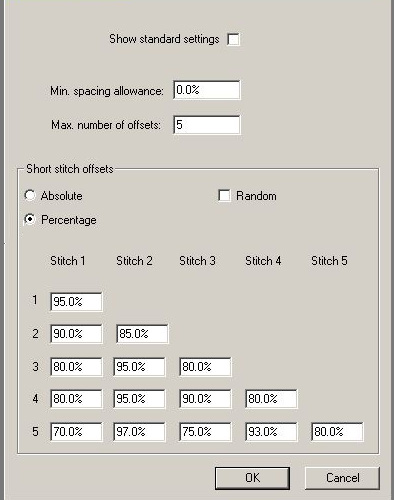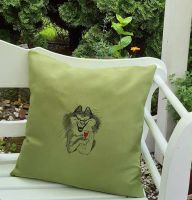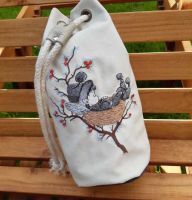Nascar racing logo embroidery for sport uniform
Nascar Racing logo machine embroidery design. Customer digitizing service. HUS format for Husqvarna sewing machine.Size, 2"x 3" in inches..2 inches tall and 3 inches length. Yes, we can offer a machine embroidery digitizing service through our Denisov Embroidery studio.

It's not only affordable, it's fast and offers excellent quality. This online digitizing service allows you to see how much your machine embroidery design or image will cost to digitize. You might be surprised at how inexpensive it really is! In most cases your finished embroidery design will be emailed back to you within 72 hours (maximum), in the embroidery format you need for your machine (available; art, pec, pes, phc, shv, vip, jef, jef+, vp3, dst, dsb, dsz, xxx). All you need to provide is a scan picture or digital image (bmp, eps, psd, a, jpg, gif, png) file and an approximate size that you require the finished machine embroidery design to be. Don't worry if the information you provide is not quite right, Denisov Embroidery Studio will contact you to clarify your requirements. If the machine embroidery design is a little more complicated than the online estimate, you will receive an updated quotation for your approval.
Styles shortening of stitches in machine embroidery.
Almost every newest machine embroidery editor software enables its users to not only choose some of the styles that are present by default in the program but operate with the parameters of shortening.
Usually looks something like this (pointing to the example of Tajima). The following are the default styles designed creator software:
 This panel through which you can operate on values, on how many stitches will be shorter as a percentage or in millimeters.
This panel through which you can operate on values, on how many stitches will be shorter as a percentage or in millimeters.
And the more that I have always been frustrated in all this abundance - I do not understand how the algorithms for these shorter stitches. And why are they so many created? For what purposes and where applicable?
The answer to this question has been very tight.
But digging on the internet, sometimes you find the answers to the questions that were asked many times, but no reply was received. And, most strange, these answers are obvious, nobody hides: take - I do not. You just need to sometimes carefully examine to what lay out and do not have anywhere to go and pay the money then to explain it to you.
That's what the styles of shortening a long time since I have stitches (!) has found one very prominent member of Tajima DGML by Pulse in the public domain. But I still have not sat down with them to understand, but still got today.
developers of the editor gives the following recommendations for the use of the standard types of shortening angles:
None - shortening at all. It is used for large segments.
Smooth - a three-step shortening. The first stitch is the shortest, followed by a gradual increase in the length of the fourth stitch.
Aggressive - fourfold shortening. The first stitch is shortened a little bit, a little more than the next, etc. The fifth stitch is long and the process begins again. Recommended for small angles and very small letters.
Standard - a shortening of 2 stitches. The first stitch is short, even shorter second, followed by the usual long stitch. Provides the most quality smooth coating angle.
Regular - fourfold shortening. The first stitch is shortened, the second just a little shorter, followed by 2-3 stitches equal to each other, but shorter than the second. This short stitches lie closer to the long, making them less noticeable.
Custom - shortening the setting defined by the user, of course if you can.
I believe that all of these guidelines for choosing the type of shortening is quite common. And I'll have all the new test in practice. After all, as a rule, always use any one of the styles of shortening. And so the question I think is still open.
Comments
Last photos
All photos in Gallery





